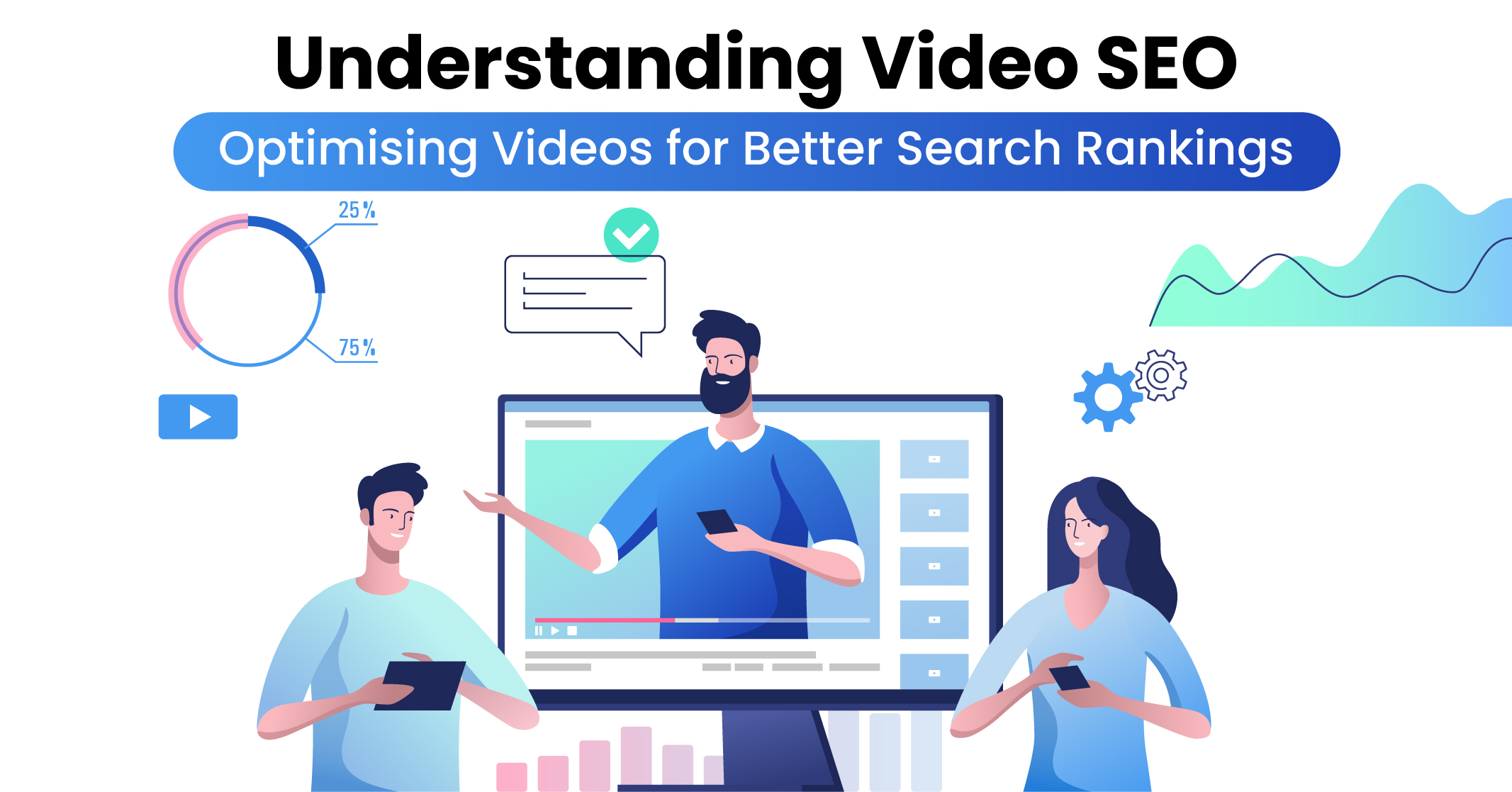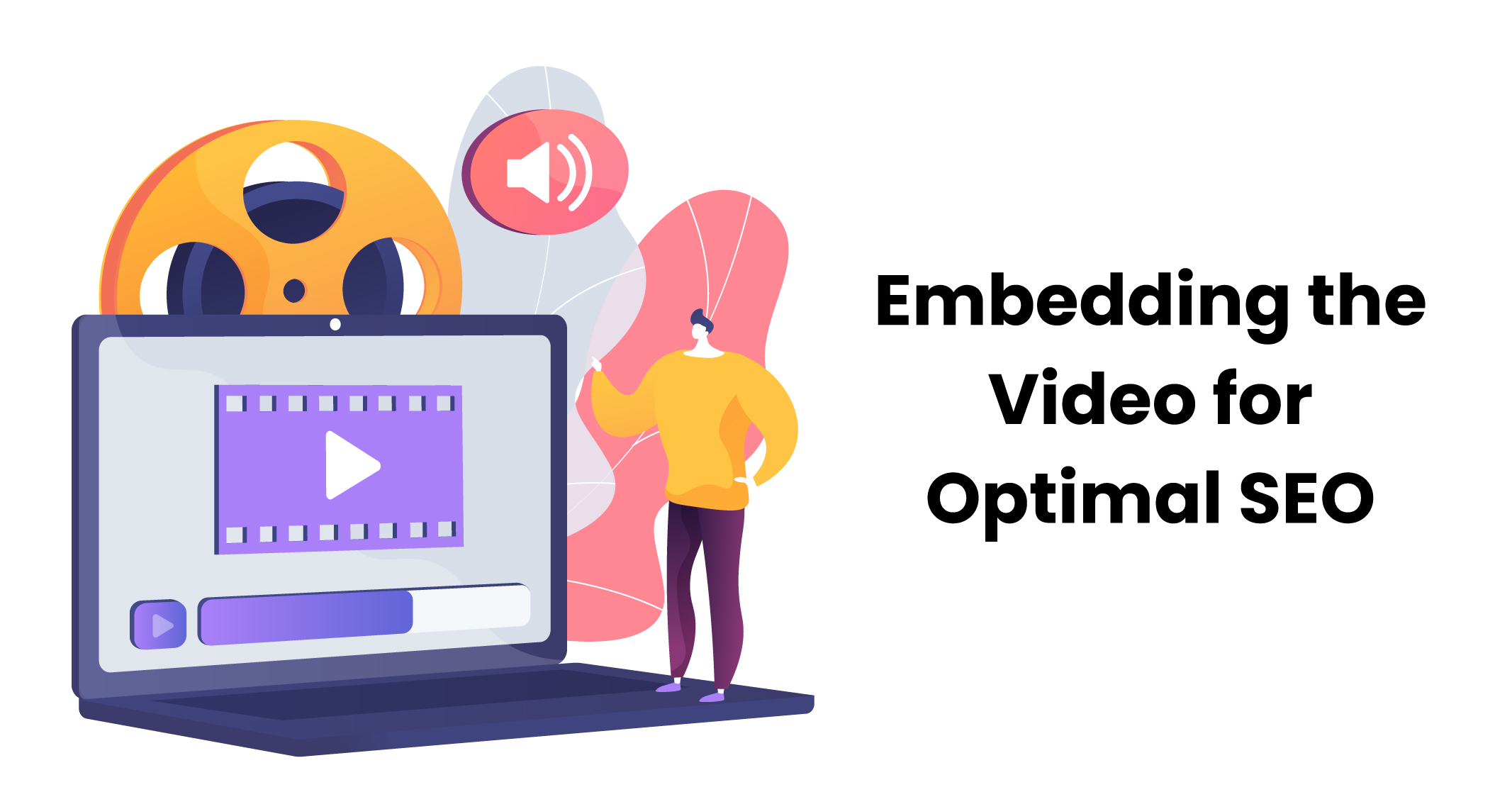I hope you enjoy reading this blog post.
If you want to get more traffic, Contact Us

Click Here - Free 30-Minute Strategy Session
Be quick! FREE spots are almost gone for this Month. Free Quote

Discover the buzzworthy term in the digital world: Video SEO. As a crucial part of digital marketing, Video SEO optimises video content for search engine visibility. By finding the right balance between engaging videos and search engine algorithms, Video SEO becomes a winning strategy for online success. Join the journey with Traffic Radius to unlock the power of Video SEO.
Step 1: Understanding YouTube’s Search Algorithm
YouTube’s unique search algorithm analyses factors such as watch history, likes and dislikes, watch time, and feedback to match viewers with relevant videos.

Click Here – Free 30-Minute Strategy Session
Be quick! FREE spots are almost gone for this Month
Step 2: Mastering YouTube Search Optimisation
Optimise your video’s title, description, and content to align with viewer search queries. Consider watching time and engagement to improve your video’s ranking.
Step 3: Optimising for Suggested Videos
Encourage viewers to watch related videos in your series through compelling calls to action. Utilise playlists, links, cards, and end screens to suggest the next video.
Step 4: Crafting Optimised Titles and Thumbnails
Create accurate and enticing titles and thumbnails that accurately represent your video’s content and generate anticipation.
Step 5: Enhancing Descriptions and Hashtags
Use the description field to help viewers discover and understand your video. Incorporate search-friendly keywords naturally for better visibility.
Step 6: Optimising for YouTube’s Home Screen
Maintain a consistent upload schedule, engage viewers for longer durations, and replicate successful strategies to optimise the Home Screen.
Step 7: Leveraging YouTube Shorts
Include #Shorts in your short video’s title or description to increase the chances of YouTube recommending your Shorts to a wider audience.
Step 8: Utilising Cards and End Screens
Use cards and end screens to prompt viewers to take action, promote your brand, and guide them to other videos on your channel.
Step 9: Optimising for “New to You” and Explore Feeds
Take advantage of YouTube’s “New to You” feature and the Explore feed to help viewers discover trending and recommended content globally.
Step 10: Optimising Uploads and Playlists
Maintain a regular upload schedule to attract viewers to your channel. Utilise playlists to help them easily find more content they enjoy.
Don’t forget to utilise Video SEO strategies and the best YouTube SEO tools to enhance your channel’s visibility and reach a broader audience.
Video SEO has evolved alongside the digital world, shifting from keyword stuffing to prioritising viewer experience and content quality. One crucial aspect of video SEO is choosing the right hosting platform, such as YouTube, Vimeo, or Wistia, based on your goals.
YouTube offers maximum exposure and is suitable for beginners in YouTube SEO, while platforms like Wistia can drive traffic directly to your website. Vimeo, for example, has seen benefits like 80% faster page loads and 50% lower bounce rates through effective SEO practices. For beginners, free resources on SEO for YouTube can be found to optimise video content.

Video transcripts play a vital role in video SEO, offering benefits such as improved accessibility and additional content for search engine indexing. Transcripts provide valuable context for your video, increasing its visibility and ranking on search engine results pages.
Candace Aditya’s LinkedIn article highlights how transcripts allow search engines to analyse multimedia content and index it effectively. A study by Liveclicker demonstrated that adding transcripts to web pages resulted in an average revenue increase of 16%.
By incorporating transcripts, websites experienced higher traffic and subsequent gains. Video SEO on YouTube can be enhanced by utilising video transcripts effectively.
A captivating and accurate thumbnail can make all the difference in attracting viewers to your video. It serves as a visual hook that sparks curiosity, but it’s crucial to avoid clickbait tactics. To optimize your thumbnail for search engines, adhere to specific technical guidelines.
Google’s recent video best practices state that at least 80% of the thumbnail’s pixels should be non-transparent to enable effective video indexing. Transparency and opacity are key factors for thumbnail SEO.
The naming of your thumbnail file can also impact video SEO, although the extent of this impact is a topic of debate among experts. Nonetheless, using descriptive and keyword-rich file names for your thumbnails is generally recommended. This can enhance your video’s visibility when users conduct a Google image search.
The title and description of your video hold significant importance, like a captivating book title. They should be informative, engaging, and incorporate relevant keywords. In the vast digital landscape, your title and description serve as attention-grabbers, allowing your video to stand out from the competition.
Learn More: Optimized Images for Better SEO
A video should not be treated as a standalone element on your webpage. It is essential to ensure that the surrounding text, images, and other content are all relevant and optimised for SEO.
By creating cohesive content, you provide a better user experience and offer a clearer context for search engine algorithms, ultimately improving your page’s SEO ranking.

When posting multiple videos on a single page, it is crucial to keep in mind that search engines typically index the first embedded video. Therefore, it is important to choose strategically and prioritise the video you want to rank higher by placing it at the top of the page.
By following this golden rule, you can optimise your video’s visibility and potential ranking in search engine results.
To make your video the focal point of your webpage, it’s crucial to position it above the fold, where visitors can see it without having to scroll down. This placement not only enhances the viewer’s experience but also sends a signal to search engine algorithms about the video’s relevance and significance.
By keeping your video prominently displayed, you can optimise its impact and improve its visibility for both users and search engines.
Implementing video schema markup can significantly boost your SEO strategy by improving the discoverability and comprehensibility of your videos for search engines. This leads to higher click-through rates and increased user engagement.
By adding specific tags to your HTML, such as the video’s title, description, duration, and URL, you provide detailed information about your video content.
Google’s guide on structured data for videos offers valuable insights on utilising schema markup. It emphasises how Google Search serves as a platform for people to discover and watch videos. While Google attempts to understand video details automatically, you can explicitly provide information like description, thumbnail URL, upload date, and duration by marking up your video with VideoObject.
This structured data can enable your videos to appear in various Google search results, including video search results, Google Images, and Google Discover.
Google also provides examples and guidelines for adding structured data to videos, covering various aspects such as standard video-rich results, LIVE badge, video host carousel, Clip, SeekToAction, and more. These resources offer essential information to enhance your video SEO strategy and ensure optimal visibility of your videos on Google’s platforms.

As the search engine optimisation landscape continues to evolve, it’s crucial to adapt to new features and changes. Google’s introduction of “Google Perspectives” is one such development that aims to add a personalised and human touch to search results.
This feature includes diverse perspectives from various sources, including short-form and longer videos, images, and written posts shared by real people and content creators on social media platforms, discussion boards, and Q&A sites.
With Google Perspectives, video content creators can potentially reach a wider audience as their content is not limited to a single platform but can be distributed through Google Search. However, this also means facing increased competition from a broader pool of creators. To stand out, creators should focus on producing high-quality content that showcases their unique expertise and experiences.
In terms of SEO, Google Perspectives highlights the significance of user-generated content, content quality, originality, and personal experiences and stories. This means that social media platforms, discussion boards, and Q&A sites could receive higher rankings in search engine results.
Consequently, businesses and content creators may need to reconsider their content strategies by incorporating more user-generated content or actively engaging on these platforms to maintain their visibility and competitiveness.
In academic discussions, social media short video marketing has gained significant attention in recent years. The popularity of this marketing approach stems from the unique qualities of short videos, such as their high entertainment value and the ease of creating and sharing them.
Studies have demonstrated that the utilisation of social media short video marketing by businesses can have a substantial impact on consumers’ brand perceptions and attitudes.
The objective of video SEO is to enhance the discoverability of your video content for both viewers and search engine algorithms. By implementing effective strategies and techniques, you can greatly improve your video’s visibility, engagement, and overall performance.
Staying updated with video SEO best practices is crucial to ensure optimal results for your video content. Implementing the right strategies can make a significant difference in its visibility and success. Companies like Traffic Radius specialise in providing expert guidance and services in video SEO strategy.
When it comes to video SEO best practices, there are several key areas to focus on. First and foremost, optimising your video’s metadata is essential. This includes utilising relevant keywords in your video title, description, and tags. Conduct thorough keyword research to understand the terms your target audience is using to search for videos like yours.
Another important aspect is creating compelling and engaging video content. Quality content that resonates with your audience not only encourages them to watch and share your video but also improves its ranking in search results. Ensure your video provides value, answers questions, and keeps viewers engaged throughout.
In addition, don’t overlook the importance of video transcripts. Transcripts not only enhance accessibility for viewers but also provide additional content for search engine crawlers to index. Including relevant keywords in your video transcripts can further boost their visibility in search results.
Furthermore, promoting your video across various platforms and channels can help increase its reach and exposure. Sharing your video on social media, embedding it on relevant websites, and leveraging email marketing can all contribute to improved visibility and engagement.
By following video SEO best practices and partnering with companies like Traffic Radius, you can develop a robust video SEO strategy that drives results. Stay informed about the latest trends and updates in the field to ensure your video content remains competitive and effectively reaches your target audience.
https://developers.google.com/search/docs/appearance/video
https://developers.google.com/search/blog/2021/03/new-resources-for-video-seo

LEAVE A REPLY